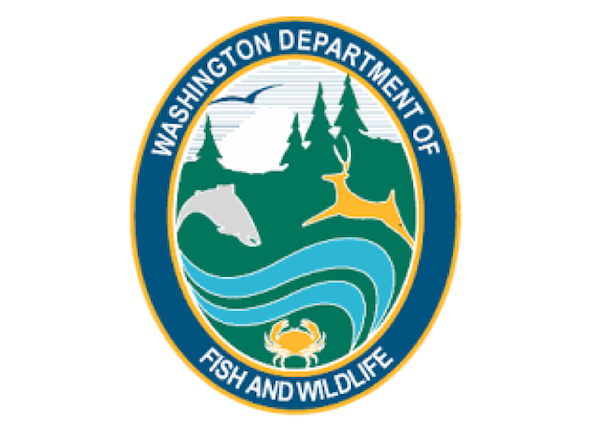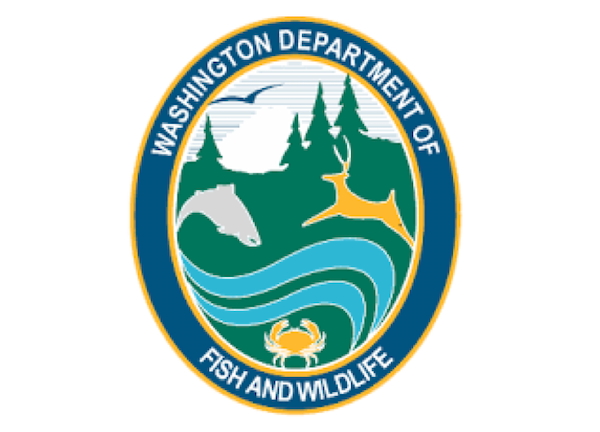From Sportfishing
Fish Report for 9-14-2021

First razor clam digs of the 2021-22 season get green light
9-14-2021
WA Department of Fish & Wildlife Staff
OLYMPIA – The Washington Department of Fish and Wildlife (WDFW) has approved the first nine razor clam digs of the 2021-22 season, with early-morning digs kicking off beginning this Friday, Sept. 17.
Shellfish managers with WDFW approved the digs after results of marine toxin tests showed clams at all open beaches were safe for human consumption.
The Washington Department of Health (DOH) finalized the results early Monday.
“Getting the all-clear from DOH was great news, and we’re excited for everyone to get back out to the beaches,” said Dan Ayres, coastal shellfish manager with WDFW. “We’ll keep monitoring domoic acid levels in cooperation with DOH, but so far we’re optimistic that it will be a great digging season.”
With COVID still prevalent across Washington, diggers are asked to follow state and local health guidelines, and to be respectful of the communities and local residents they may visit while clamming.
The following digs were approved, along with the low tides and beaches. Most successful digging occurs between one and two hours before the listed time of low tide.
A.M. TIDES ONLY:
- Sept. 17, Friday, 4:30 A.M.; -0.4 feet; Long Beach, Twin Harbors, Mocrocks
- Sept. 18, Saturday, 5:22 A.M.; -0.5 feet; Long Beach, Twin Harbors, Copalis
- Sept. 19, Sunday, 6:06 A.M.; -0.6 feet; Long Beach, Twin Harbors, Mocrocks
- Sept. 20, Monday, 6:45 A.M.; -0.5 feet; Long Beach, Twin Harbors, Copalis
- Sept. 21, Tuesday, 7:21 A.M.; -0.2 feet; Long Beach, Twin Harbors, Mocrocks
- Sept. 22, Wednesday, 7:54 A.M.; +0.3 feet; Long Beach, Twin Harbors, Copalis
P.M. TIDES ONLY:
- Sept. 23, Thursday, 8:58 P.M.; +0.3 feet; Long Beach, Twin Harbors, Mocrocks
- Sept. 24, Friday, 9:36 P.M.; +0.4 feet; Long Beach, Twin Harbors, Copalis
- Sept. 25, Saturday, 10:15 P.M.; 0.5 feet; Long Beach, Twin Harbors, Mocrocks
Additional information
With strong razor clam populations estimated along much of the coast, all open beaches (Long Beach, Twin Harbors, Mocrocks, and Copalis) have increased limits through the end of 2021, with diggers allowed to keep 20 clams instead of the usual 15. Each digger’s clams must be kept in a separate container, and all diggers must keep the first 20 clams they dig.
To learn more about razor clam abundance, population densities at various beaches, and how seasons are set, visit https://wdfw.wa.gov/fishing/shellfishing-regulations/razor-clams#management. WDFW has also tentatively scheduled dozens of additional digging dates in 2021 – details of those dates can be found at https://wdfw.wa.gov/news/wdfw-announces-62-days-tentative-razor-clam-digs-2021. All tentative dates are dependent on final marine toxin testing, which usually occurs about a week or less prior to each set of openings
No digging is allowed before noon during digs when low tide occurs in the afternoon or evening.
All diggers age 15 or older must have an applicable fishing license to harvest razor clams on any beach.
Licenses, ranging from a three-day razor clam license to an annual combination fishing license, are available from WDFW’s licensing website at https://fishhunt.dfw.wa.gov/login, and from hundreds of license vendors around the state. WDFW recommends buying your license before visiting coastal beach communities for this razor clam season.
More information can be found on WDFW's razor clam webpage at https://wdfw.wa.gov/fishing/shellfishing-regulations/razor-clams.
The Washington Department of Fish and Wildlife works to preserve, protect, and perpetuate fish, wildlife and ecosystems while providing sustainable fish, wildlife, and recreational and commercial opportunities.
< Previous Report Next Report >
More Reports
Washington, Oregon Fish and Wildlife commissioners to hear updates on Columbia River steelhead
Columbia River
9-14-2021
OLYMPIA – Members of the Washington and Oregon Fish and Wildlife commissions will meet this week to receive updates on...... Read More

9-10-2021
Action: Closes the Quillayute and Sol Duc rivers to all fishing. Effective date: Sept. 16, 2021 until further notice. Species affected: All...... Read More

Website Hosting and Design provided by TECK.net